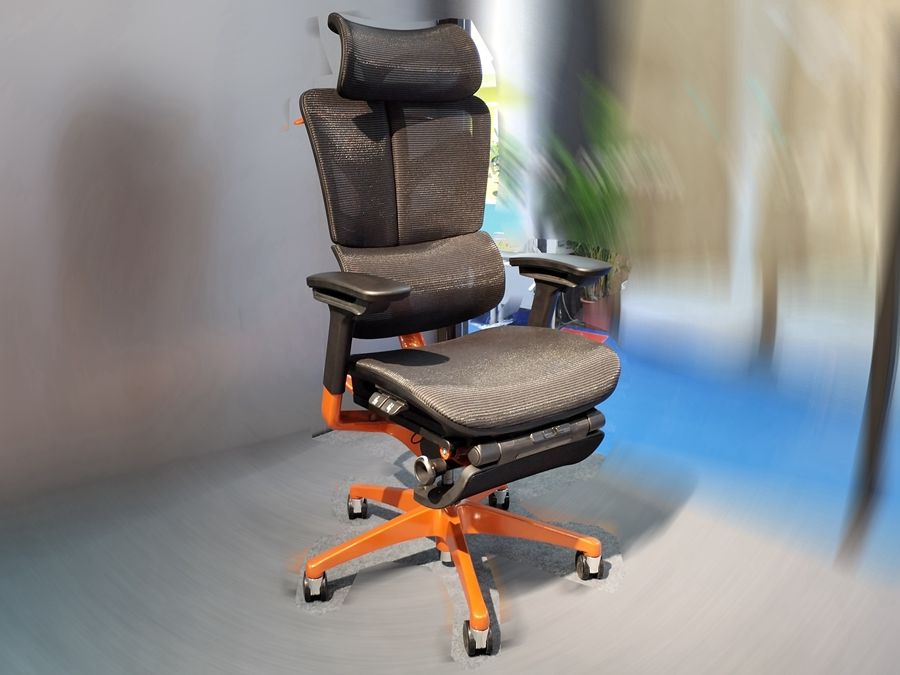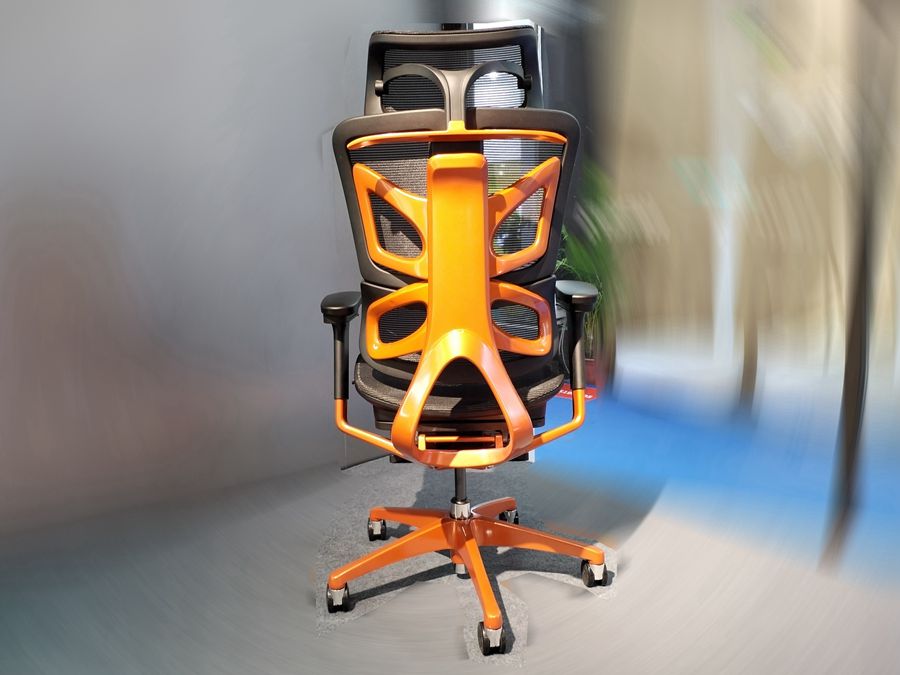Jan. 13, 2024
In the contemporary workplace, prioritizing employee well-being is not just a trend, it’s a necessity. As organizations delve into the complexities of creating a healthy, productive environment, the importance of ergonomic considerations takes center stage. This article delves into the critical role of ergonomic work chairs in preventing workplace injuries, revealing the symbiotic relationship between well-designed seating solutions and overall employee health and safety. By understanding the nuances of workplace injuries and the ergonomic benefits, we understand the key features of these chairs and explore their tangible impact on productivity and employee well-being.

Understanding workplace injuries: Exploring the occupational health landscape
In the complex modern workplace, where muscles are strained, backs are sore, and joints are under constant stress, employees bear the burden of these workplace injuries that, if not addressed, can escalate into chronic illnesses. This part of our exploration reveals the consequences of a sedentary work culture and the need for proactive strategies that prioritize employee health and wellbeing. It serves as a foundation for recognizing the important role ergonomic work chairs play in preventing workplace injuries, reshaping the narrative and providing proactive solutions to the challenges posed by modern work dynamics.
Ergonomic Advantages: Creating a Healthier Work Environment
At the heart of the evolution of workplace design lies the concept of ergonomic excellence – a paradigm shift from traditional seating solutions to well-designed solutions that prioritize employee well-being. Ergonomic advantages, especially those embodied in task chairs, represent a transformative approach to seating that goes beyond mere comfort. These chairs are carefully designed to follow the natural contours of the human body, providing not only a place to sit but also a supportive environment that actively helps reduce stress on the musculoskeletal system.
Key to this advantage is the customizability of ergonomic task chairs. These chairs come with a range of adjustable features, allowing individuals to tailor their seating experience to their unique body shape and preferences. From the adjustable seat height that promotes a neutral posture to the lumbar support system that supports the lower back, every aspect of these chairs is precisely engineered to create a dynamic, health-focused work environment.
Key Features of Ergonomic Task Chairs for Injury Prevention: Tailored Support for Optimal Health
Adjustable seat height: One of the essential features of an ergonomic work chair is the ability to customize the seat height. This isn't just about accommodating different heights; it's a strategic move to promote a neutral stance. Adjustable seat height ensures feet are flat on the floor, reducing pressure on the lower back and minimizing the risk of leg discomfort – a key factor in preventing workplace injuries caused by prolonged sitting .
Lumbar Support: Lumbar support is a staunch defender against one of the most common workplace injuries – low back pain. The ergonomic task chair is equipped with a lumbar support system that follows the natural curve of the spine and provides necessary reinforcement to the lower back area. This feature becomes key to maintaining proper alignment, reducing the likelihood of musculoskeletal strains, and preventing chronic back problems.
Armrest Adjustability: Ergonomic task chairs recognize the unique anatomical differences between individuals. Adjustable armrests are not just a comfort feature; They actively work to prevent shoulder and neck strains. The ability to customize armrest height and position ensures individuals can maintain a relaxed, natural arm position, reducing the risk of upper body strain-related injuries.
Seat Depth Adjustment: In addition to the surface, the depth of your seat plays a key role in injury prevention. Ergonomic task chairs have adjustable seat depth, allowing individuals to adjust their optimal position to the backrest. This feature prevents compression of the thighs and enhances overall circulation, reducing discomfort and the possibility of injury caused by sitting for long periods of time.
Swivel and Mobility: The workplace is dynamic, and ergonomic task chairs acknowledge this reality with swivel functionality and smooth mobility. These features actively discourage static postures, which are a well-known contributor to workplace injuries. The ability to easily rotate and move within the chair promotes natural body movement, prevents stiffness, and reduces the risk of strain-related injuries over time.

Breathable Materials: Comfort isn’t just about the structure of the chair; It extends to the materials used in its construction. The backrest of an ergonomic task chair is usually made of a breathable material, such as mesh. Not only does this improve overall comfort when sitting for long periods of time, it also prevents heat buildup, reducing discomfort and the risk of potential skin-related issues.
Weight-bearing capacity: The weight-bearing capacity of a chair is a fundamental consideration in injury prevention. Ergonomic task chairs are designed to accommodate a variety of body shapes and weights, ensuring stability and durability. This feature is not just about the structural integrity of the chair; This is a proactive measure to prevent injuries caused by seat instability.
Easily Adjustable: Ergonomic task chairs are designed with user-friendliness in mind. The ease of adjusting various functions ensures that individuals can easily customize the chair to their liking. This feature encourages regular adjustments, promotes dynamic sitting and reduces the risk of injury associated with prolonged static postures.
Versatility to accommodate different working postures: Recognizing the diversity of tasks in the modern workplace, ergonomic task chairs support different working postures. Whether a person is engaged in focused work, collaborative discussions, or casual reading, these chairs provide optimal support, thereby reducing the risk of injury due to poor posture.
Choosing the Right Ergonomic Work Chair: Your Path to Personalized Comfort
Choosing the right ergonomic task chair is a delicate process that goes beyond aesthetics and encompasses countless considerations designed to tailor the chair to individual needs. The first key step is to acknowledge that everyone is unique and has their own unique body type, preferences, and work habits. In this area of personalization, the adjustable functionality of ergonomic work chairs takes center stage.
The combination of comfort, functionality and injury prevention serves as a beacon for organizations striving to create a resilient and thriving workforce. We advocate for ergonomic solutions as an integral part of workplace design, strengthening the link between employee well-being, productivity and a proactive approach to injury prevention in the modern workplace.
Mob.: +86 139 2823 3768
E-mail: info@smschair.com
No. 78 Lianglong Road, Xiqing Industrial Zone, Longjiang Town, Shunde District, Foshan City, Guangdong, China
Hot Products
Navigation
+86 757 2337 0962
Mob.: +86 139 2823 3768
E-mail: info@smschair.com
QQ: 610679440
No. 78 Lianglong Road, Xiqing Industrial Zone, Longjiang Town, Shunde District, Foshan City, Guangdong, China